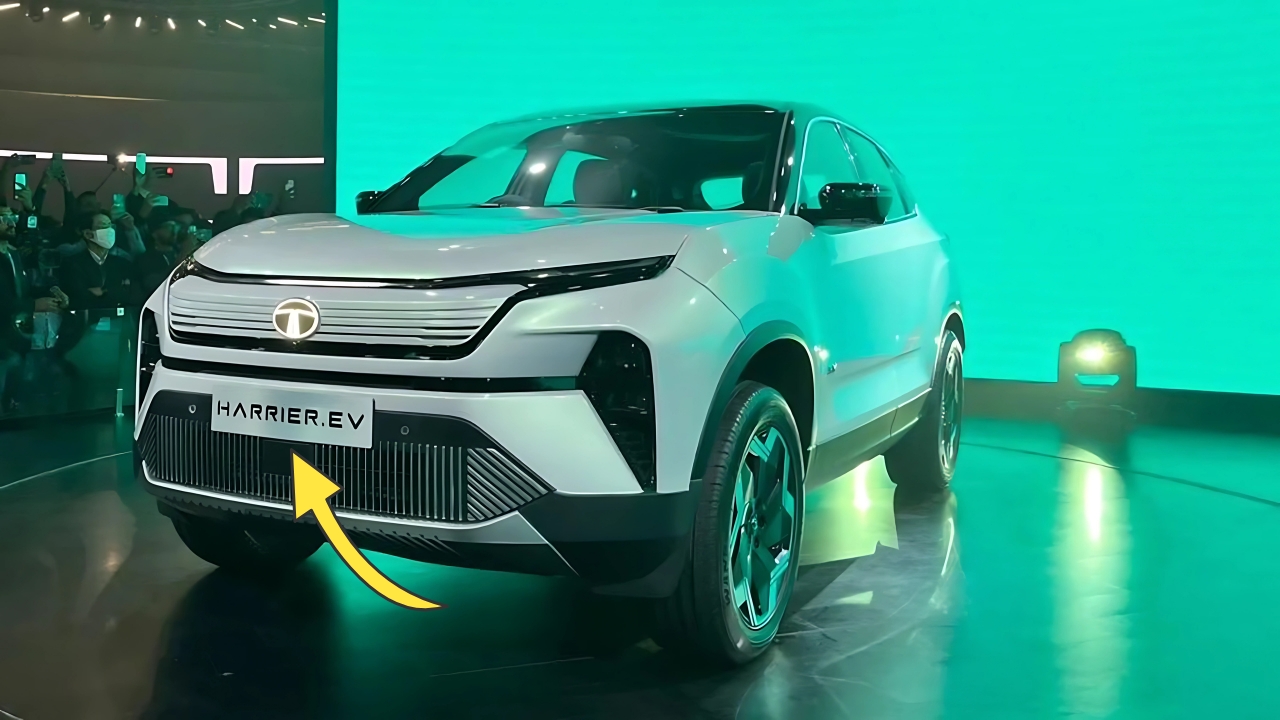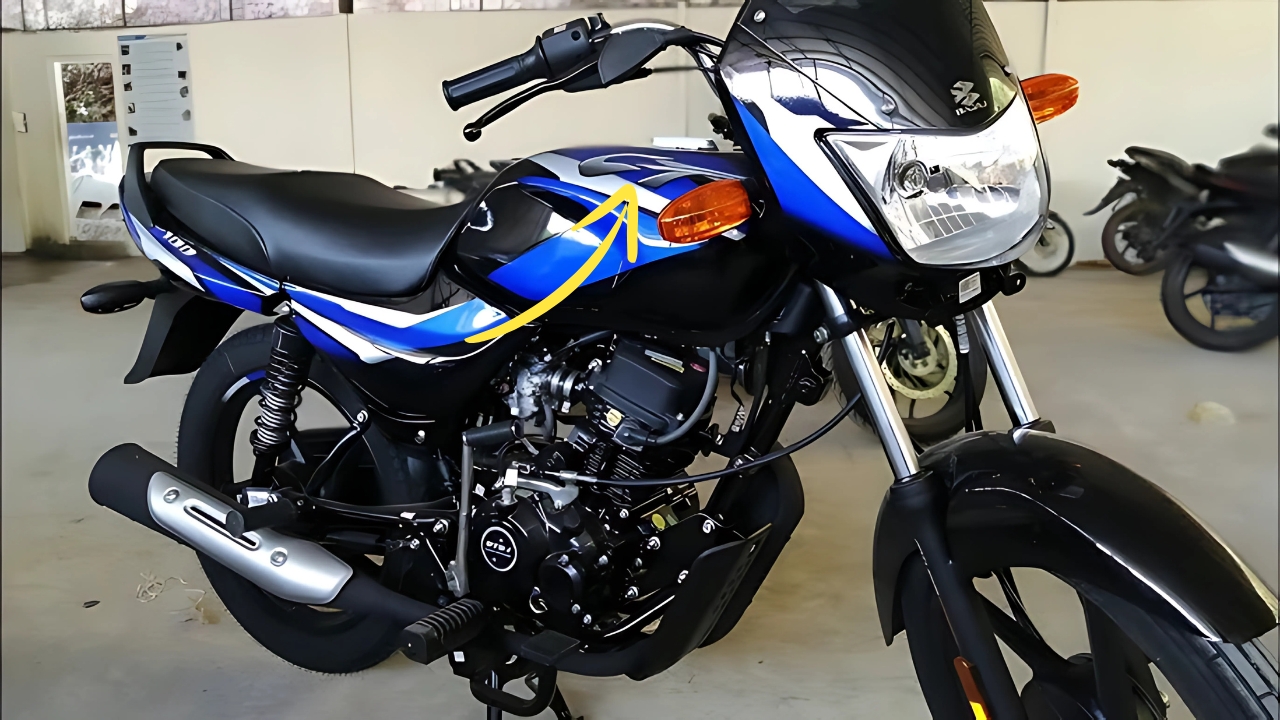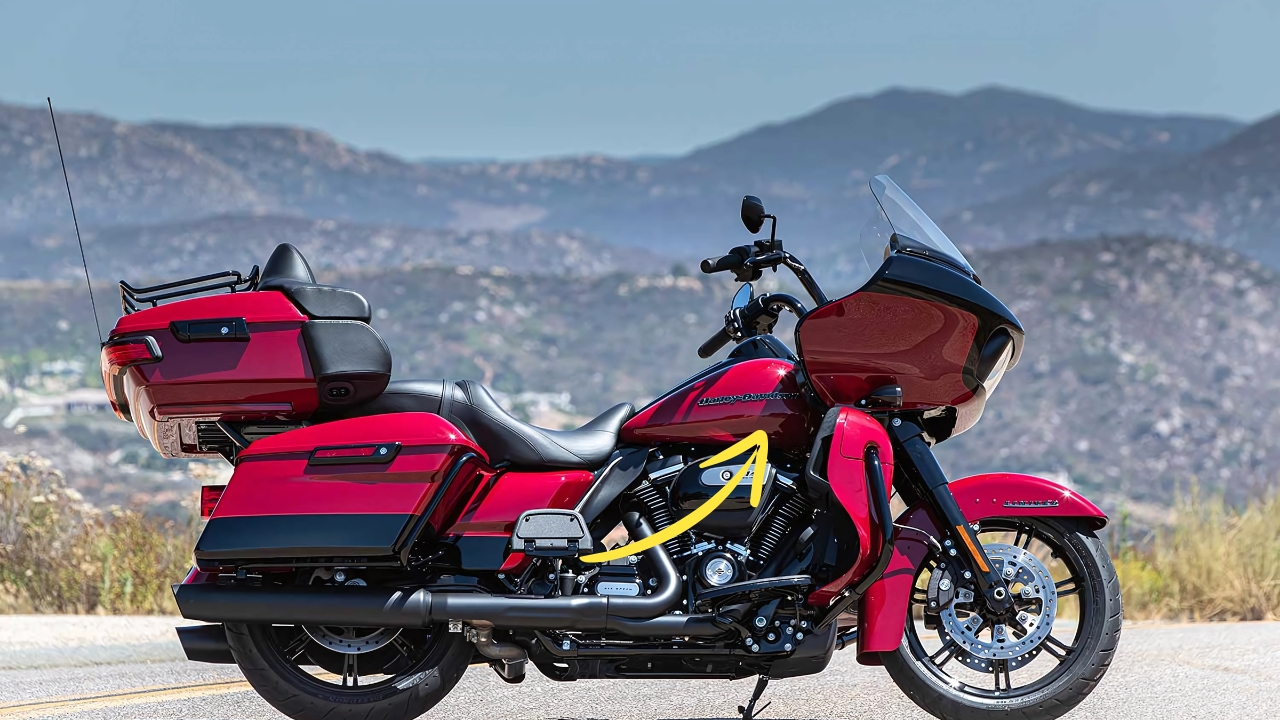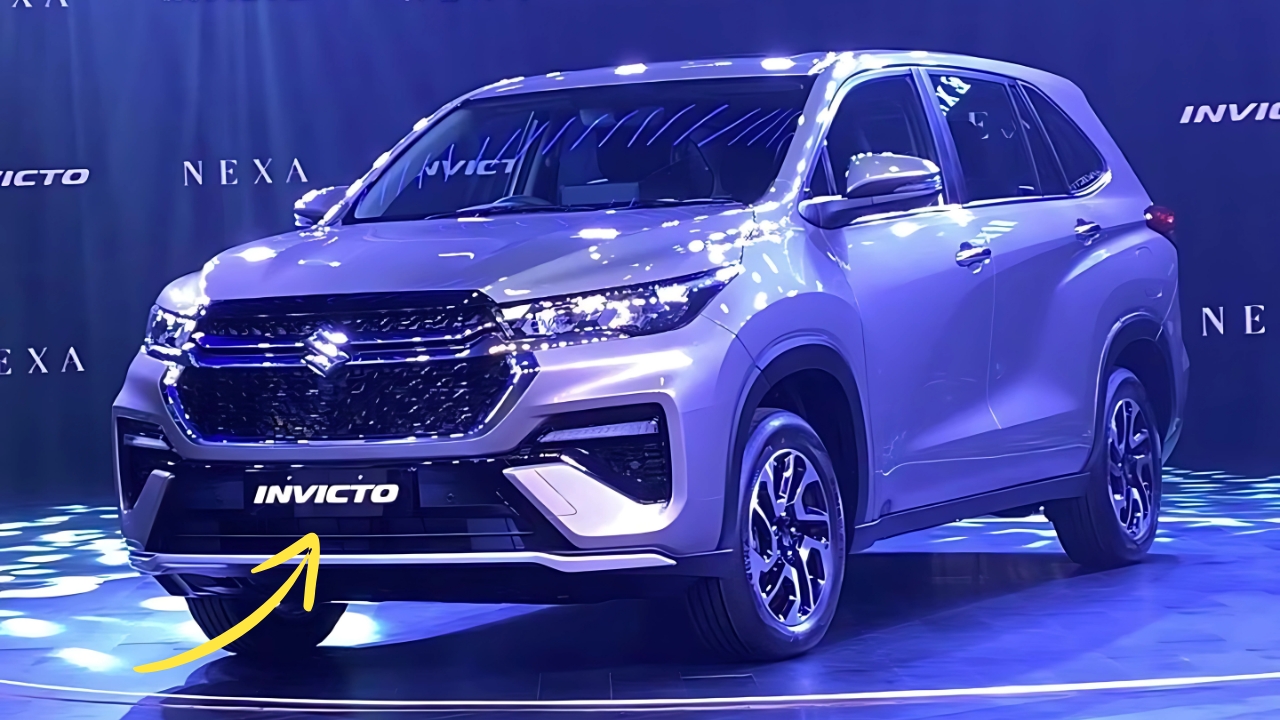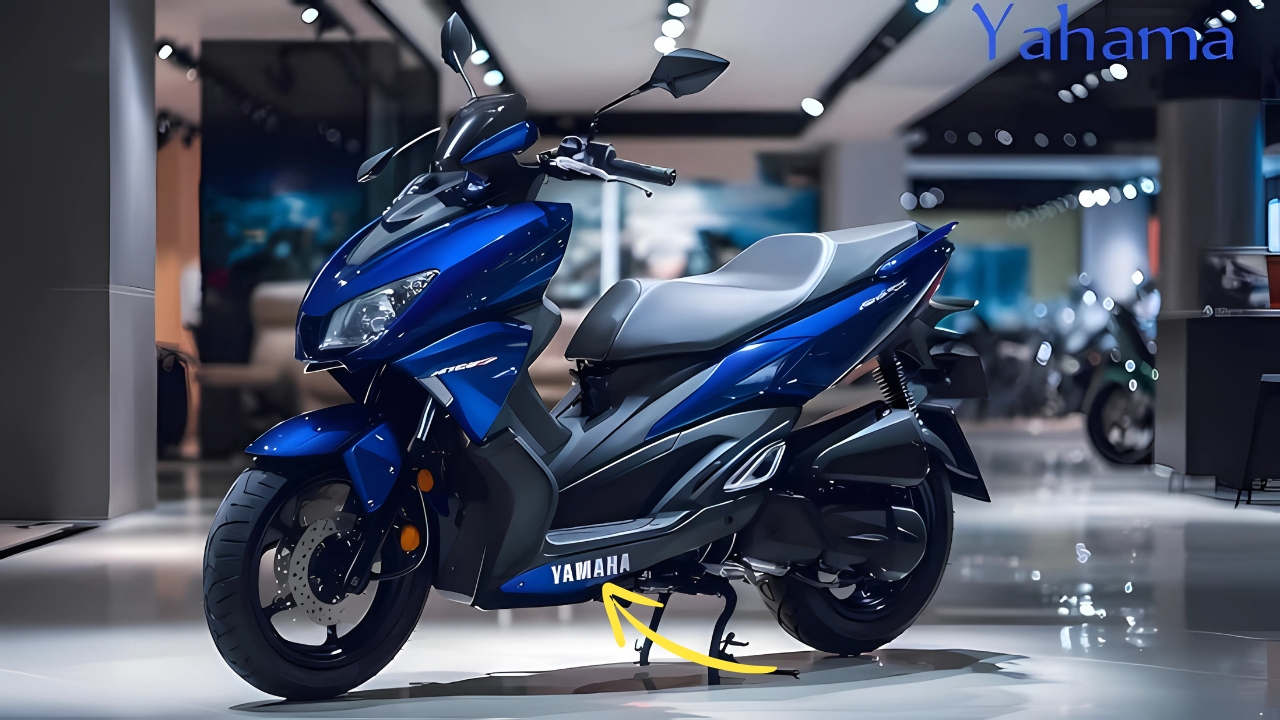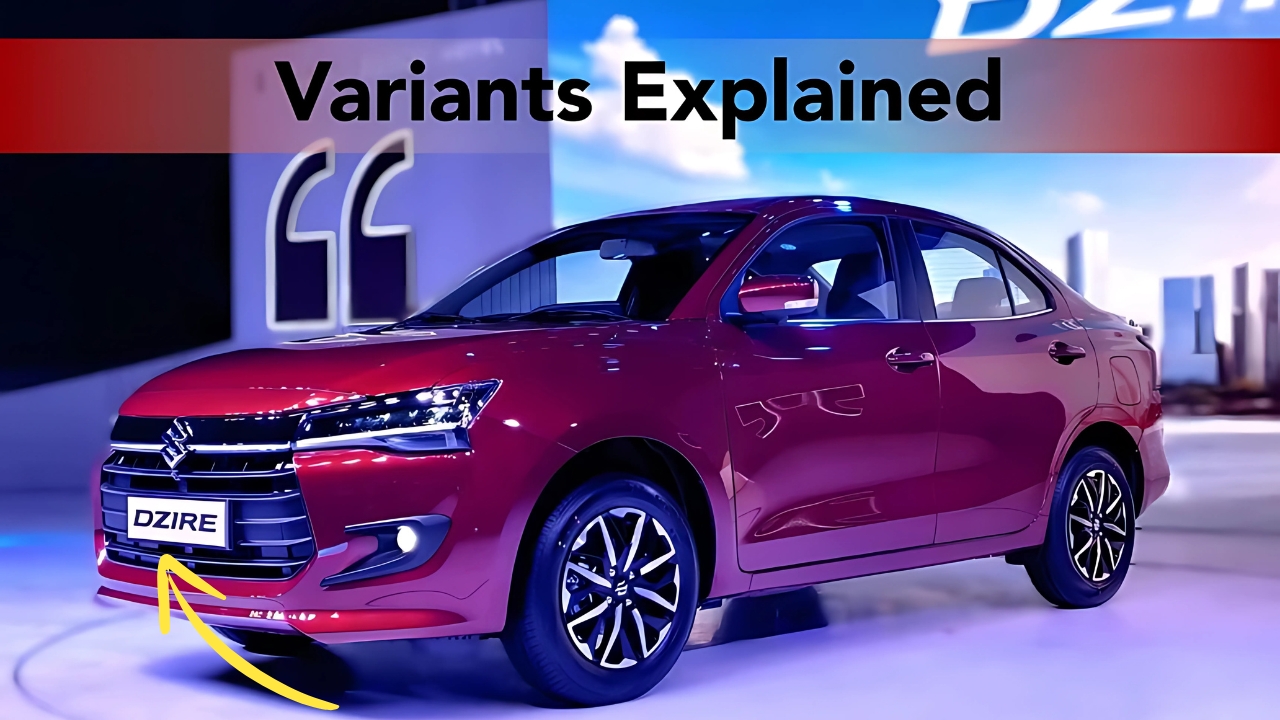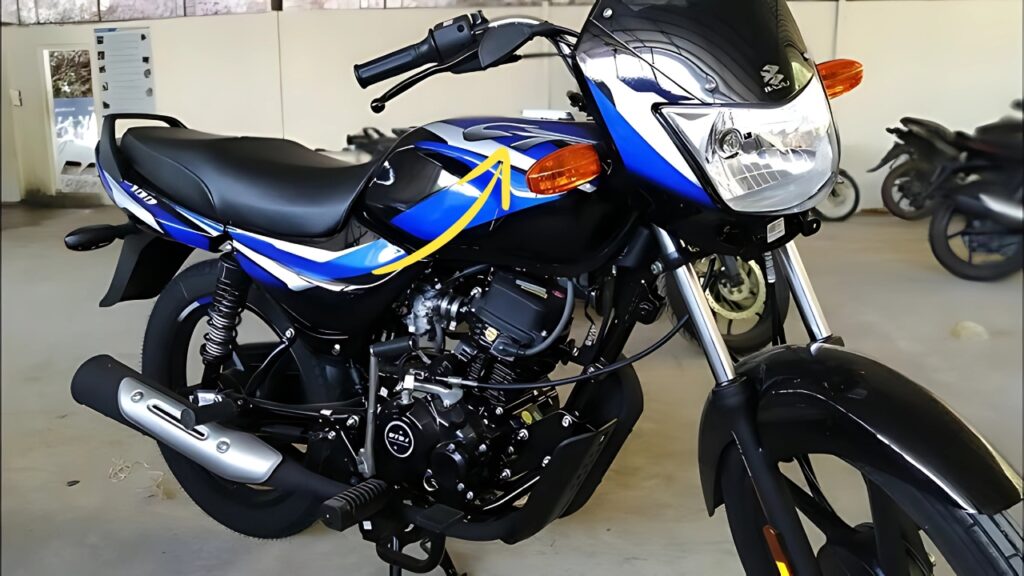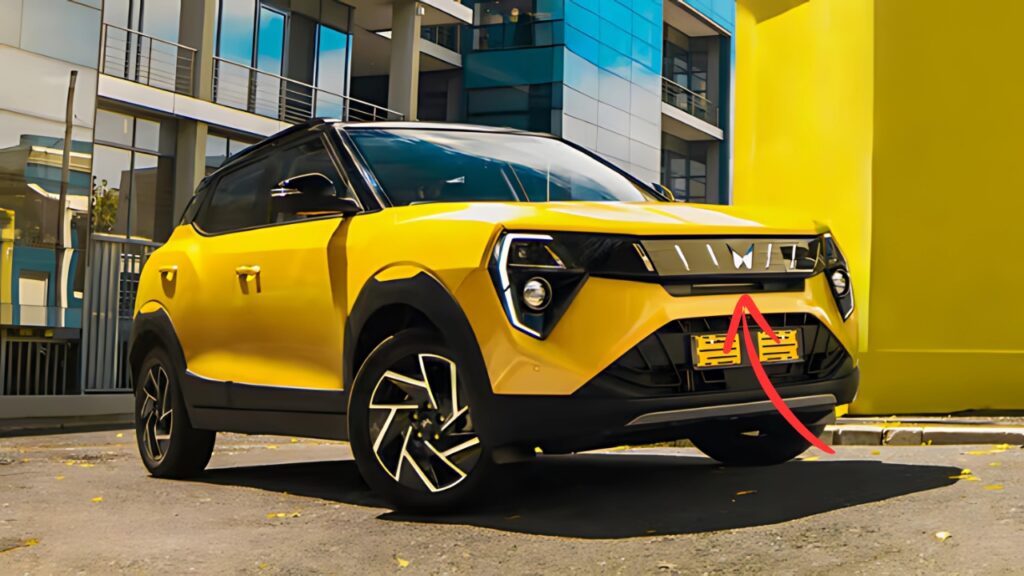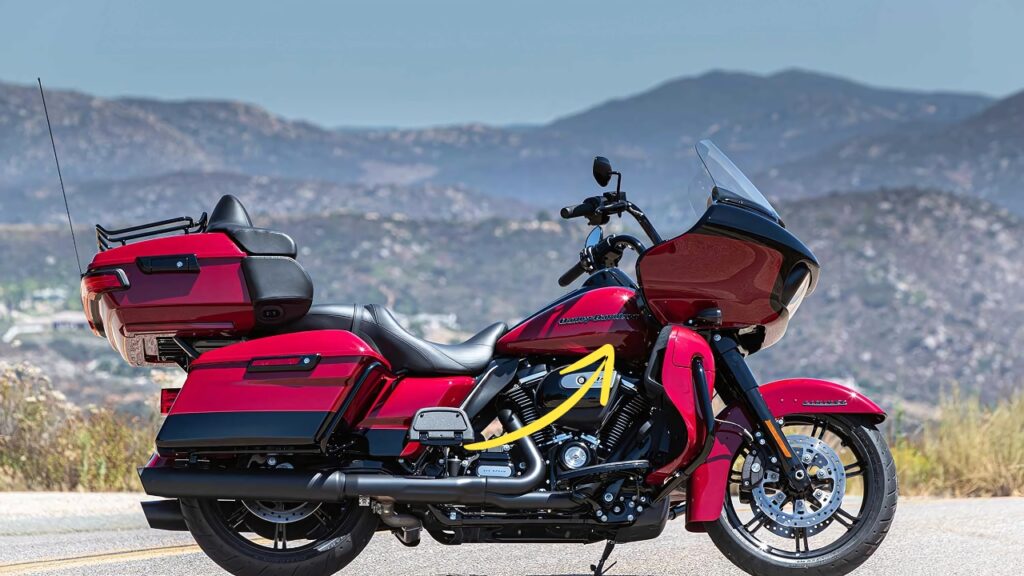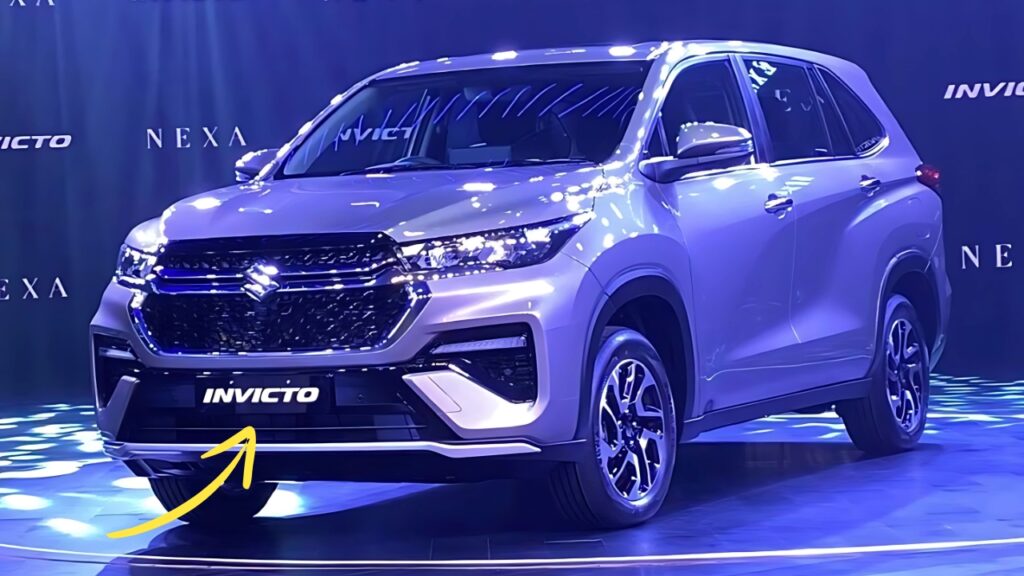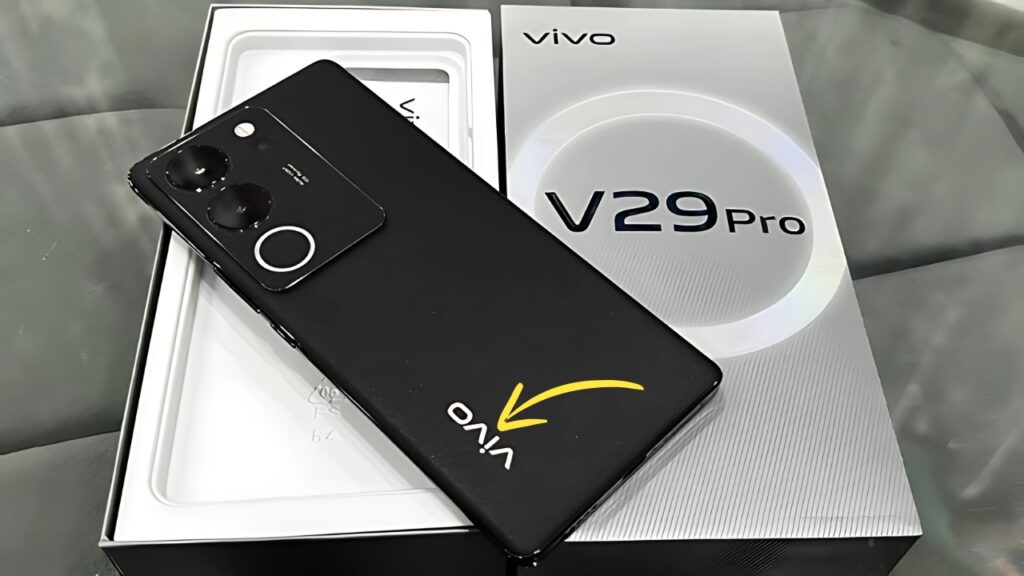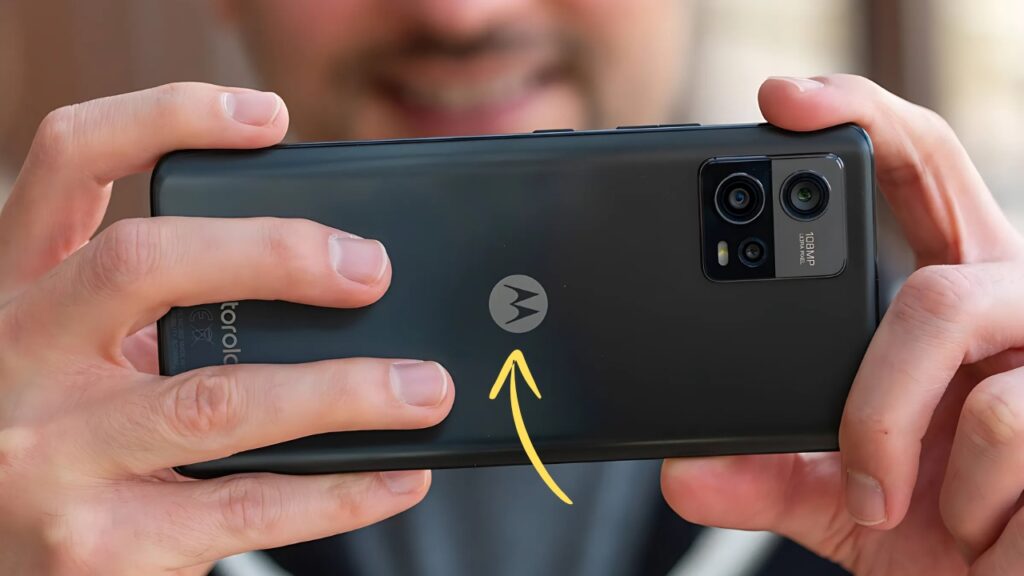Tata Harrier EV: The Tata Harrier EV represents a significant milestone in India’s automotive landscape, marking Tata Motors’ ambitious foray into the premium electric SUV segment.
Building upon the success of its combustion-engine counterpart, the Harrier EV combines familiar design language with cutting-edge electric technology to create a compelling proposition for the environmentally conscious Indian consumer.
Design Evolution: Familiar Yet Forward-Looking
The Harrier EV maintains the commanding road presence of its fossil-fueled sibling while introducing distinctive visual elements that announce its electric credentials.
The front fascia features a blanked-off grille with illuminated Tata logo, signifying the absence of a traditional internal combustion engine.
The streamlined LED lighting elements create a futuristic signature, while the aerodynamically optimized bumpers and side skirts reduce drag coefficient, enhancing the vehicle’s range.
From the side profile, the Harrier EV retains the muscular wheel arches and strong character lines that made the original Harrier a design success.
However, subtle blue accents and aerodynamically efficient alloy wheels measuring 19 inches hint at the vehicle’s electric heart.
The rear features connected LED tail lamps with a light bar that spans the width of the tailgate, creating a distinctive night-time signature that sets it apart in traffic.
Powertrain Technology: Indian Engineering Excellence
Underpinning the Harrier EV is Tata’s advanced Gen 2 EV architecture, a derivative of the company’s versatile OMEGA-EV platform.
The dual-motor setup delivers all-wheel-drive capability, with a combined output of approximately 400 horsepower and 650 Nm of instant torque.
This propels the substantial SUV from 0-100 km/h in approximately 5.7 seconds, challenging many petrol-powered performance cars.
The battery technology represents the culmination of Tata’s extensive research and development in electric mobility. The 80 kWh lithium-ion battery pack utilizes advanced cell chemistry with improved energy density, thermal management, and longevity.
This translates to a WLTP-certified range of up to 500 kilometers on a single charge, addressing the range anxiety that still concerns many potential EV adopters in India.
Charging flexibility stands as another highlight, with the Harrier EV supporting multiple charging protocols. The vehicle accepts up to 150 kW DC fast charging, replenishing the battery from 10% to 80% in approximately 30 minutes.
For home charging, the 11 kW AC charger can fully replenish the battery overnight in about 8-9 hours.
Cabin Experience: Sustainable Luxury
Inside, the Harrier EV balances luxury with sustainability. The spacious five-seater cabin features recycled materials and eco-friendly fabrics that don’t compromise on premium feel or durability.
The “floating” center console creates additional storage while emphasizing the spaciousness afforded by the absence of a transmission tunnel.
The technology suite centers around a 12.3-inch touchscreen infotainment system with wireless Apple CarPlay and Android Auto compatibility.
This is complemented by a fully digital instrument cluster and a head-up display that projects essential information directly into the driver’s line of sight.
The Harness IQ connected car technology offers over 100 connected features, from remote climate control activation to geofencing alerts and driving behavior analysis.
Passenger comfort remains paramount with ventilated front seats, a panoramic sunroof, multi-zone climate control, and a 14-speaker JBL sound system.
The rear seats offer generous legroom and recline functionality, acknowledging the importance of chauffeur-driven experiences in the Indian premium segment.
Driving Dynamics: Refined and Responsive
Despite its substantial dimensions and battery weight, the Harrier EV delivers a composed driving experience. The low center of gravity, courtesy of the floor-mounted battery pack, minimizes body roll during cornering.
The adaptive suspension system offers multiple drive modes, adjusting damping characteristics to prioritize either comfort or sportiness based on driver preference.
Regenerative braking is implemented with four selectable levels, including a one-pedal driving mode that maximizes energy recovery while reducing the need for physical braking in stop-and-go traffic.
This feature proves particularly valuable in congested Indian urban environments, where it simultaneously enhances convenience and efficiency.
The vehicle’s sound insulation deserves special mention, with acoustic glass and extensive sound-deadening materials creating a whisper-quiet cabin even at highway speeds.
This, combined with the inherent smoothness of electric propulsion, elevates the refinement quotient significantly above conventional SUVs.
Practical Innovation: Features for Indian Conditions
Tata Motors has incorporated several India-specific features that demonstrate a nuanced understanding of local conditions. The climate control system includes an N95 air purifier with AQI display, addressing air quality concerns in urban centers.
The battery thermal management system is calibrated for India’s extreme temperatures, maintaining optimal performance from the scorching summers of Rajasthan to the winter chill of Himachal Pradesh.
The Vehicle-to-Load (V2L) functionality allows the Harrier EV to serve as a mobile power source, capable of powering external appliances and even charging other electric vehicles in emergency situations.
This feature holds particular relevance in a country where power outages remain relatively common in certain regions.
Market Positioning and Ecosystem
The Harrier EV enters the market at a pivotal time when government incentives and improving charging infrastructure are making electric vehicles increasingly viable for Indian consumers.
Tata’s commitment to expanding its EV ecosystem is evident in the rapid growth of its Tata Power EZ Charge network across metropolitan areas and highways.
Priced competitively against both premium ICE SUVs and international electric offerings, the Harrier EV aims to attract not just early adopters of electric mobility but also traditional luxury SUV buyers looking for a future-proof investment.
The comprehensive warranty package, including an 8-year/160,000 km guarantee on the battery pack, addresses longevity concerns and strengthens the value proposition.
Tata Harrier EV: A Watershed Moment
The Tata Harrier EV represents more than just another product launch; it symbolizes the maturing of India’s electric vehicle industry and demonstrates that homegrown manufacturers can compete with global players in terms of technology, features, and execution.
By combining aspirational design, practical range, and thoughtful localization, Tata has created an electric SUV that feels purpose-built for Indian conditions rather than merely adapted to them.
As India accelerates toward its ambitious electrification goals, the Harrier EV stands as a compelling argument that the transition need not involve compromise on performance, comfort, or capability.
For a nation navigating the complex balance between automotive growth and environmental responsibility, this premium electric SUV offers a glimpse of a more sustainable future that doesn’t sacrifice the joy of personal mobility.
